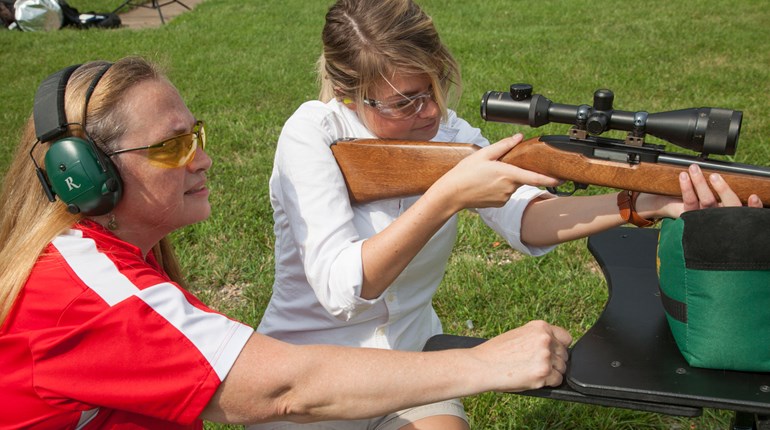
Whether you walk, run, or hike to get in your daily steps, carrying something to protect yourself while you do so is important. From settings such as a solo run in your neighborhood, to hiking in remote areas—no matter where you are—providing for your own safety is something you should take seriously. Here are a few different “load outs” for what to bring on your next walk, run or hike.
Walking
While the average American takes 4K-5K steps in a day, many try to fit in more for the health benefits. Most people are walking to and from their job, daily errands, as well as to and from whatever mode they use to commute. For purposes of this article, the focus is on walking as a physical fitness activity. However, what is used for concealed carry on a walk for exercise will most definitely carry over into your everyday ambulation activities.

Because walking is not a very intense activity, a person can use a concealed-carry method that does not require the same level of retention needed for running or hiking over difficult terrain. This means simple IWB (Inside Waist Band) holsters, a fanny pack, or a sling bag are all options.
A concealed-carry load out for a walk might look something like a pistol in a holster, a pocketknife, sunglasses, a phone and a water bottle. However, walking to run errands and through stores would probably lead to a few changes, perhaps using a purse or sling bag for concealed carry and maybe adding pepper spray.
Running
Running is going to require a bit more effort to ensure nothing falls out of pockets or moves around in a way that’s irritating. Testing a pair of running tights and a sticky holster using IWB is important so that your next training run isn’t turned into a training walk because you don’t want your pistol to fall out or because your fanny pack is flopping too harshly.
When I go for an intense run, I’m not interested in weighing myself down with extra gear, especially in extreme heat and I’m sweating profusely. I tend to carry a knife, my phone—and that’s it. Usually I take my dog along, which is another personal defense tool to consider.
A concealed-carry load-out for a less-intense run might include a pistol in an IWB holster, and a phone in a pocket. A very long training run might include some sort of sling bag or fanny pack, or maybe a hydration vest and the concealed-carry pistol in a pouch attached to that or a hook-and-loop holster on the inside/behind the front panel.
Weighted vests are becoming more popular for walking, and they offer another place to stash your concealed carry. You can clip a pocket knife on or add a small pouch to one with your concealed carry inside. However, if you want to commit to an actual weighted training vest, you can get a water bladder insert to add 5 lbs. … but freeze it for your summer workout to keep cool!
Hiking
Whether you hike in remote wildlife areas or your local state forest trail or national park, you should carry some means of personal protection. Hiking can be strenuous and remote, meaning you likely take more hydration, snacks and safety. Aside from a personal-protection tool (pistol or bear spray), a means of communication is invaluable. Nobody wants to be the hiker who twisted an ankle and ended up stranded in a life-threatening situation simply because they could not call for help.

A concealed-carry load-out for a hike might look something like a pistol in a holster, a pocketknife, sunglasses, a phone or radio, snacks and a water bottle. For something like a day hike or a back-country hike, an actual backpack or sling bag is going to be more fitting to carry your load. Items such as a pistol, ammo in a spare mag, poncho or rain gear, extra socks, first aid kit, water, electrolytes, snacks and maybe even an emergency radio. And remember, let your friends and family know when and where you are going and when you will return.

Non-Lethal
Non-lethal tools for concealed carry are something to consider for running, walking, or hiking—especially if you are trying to go light and not carry the weight of a pistol.
Additionally, a can of pepper spray might be just what you need, especially if you must go through or to a location that won’t allow the firearm (but you should still confirm the pepper spray is allowed).
If you are hiking in a remote area and are worried about bears or mountain lions, and want a backup to your pistol, then adding bear spray to your loadout would add another tool without adding a lot of weight.
Tasers and sprays can also be applied to two-legged attackers. They might be the only option for a young person who is not old enough for carrying a firearm.
Ready and Running
No matter what sort of running or walking in which you partake, learn the laws in your state and city so you can carry for personal protection and be ready in an informed way.















































